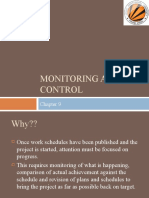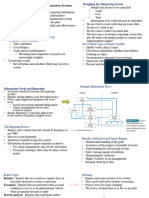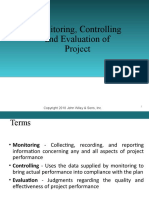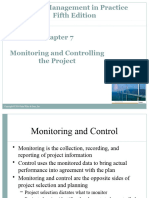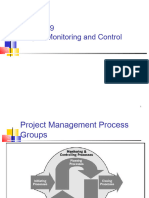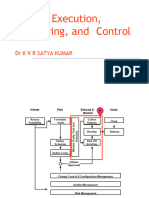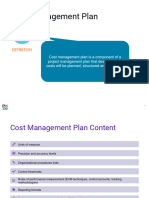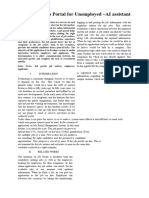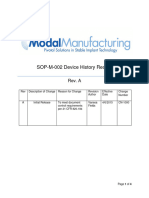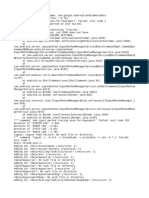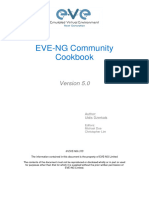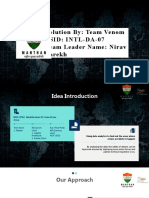0% found this document useful (0 votes)
31 views29 pagesSPM Unit-4 Monitoring and Control
The document discusses Software Project Management with a focus on Monitoring and Control, detailing the Control Cycle, responsibilities, progress assessment methods, and review processes. It emphasizes tools like Gantt and Slip Charts, Earned Value Analysis, and Change Control, highlighting the importance of Software Configuration Management throughout the project lifecycle. Key concepts include tracking project progress, managing changes, and ensuring quality through systematic reviews and monitoring.
Uploaded by
Soham RoyCopyright
© © All Rights Reserved
We take content rights seriously. If you suspect this is your content, claim it here.
Available Formats
Download as PPTX, PDF, TXT or read online on Scribd
0% found this document useful (0 votes)
31 views29 pagesSPM Unit-4 Monitoring and Control
The document discusses Software Project Management with a focus on Monitoring and Control, detailing the Control Cycle, responsibilities, progress assessment methods, and review processes. It emphasizes tools like Gantt and Slip Charts, Earned Value Analysis, and Change Control, highlighting the importance of Software Configuration Management throughout the project lifecycle. Key concepts include tracking project progress, managing changes, and ensuring quality through systematic reviews and monitoring.
Uploaded by
Soham RoyCopyright
© © All Rights Reserved
We take content rights seriously. If you suspect this is your content, claim it here.
Available Formats
Download as PPTX, PDF, TXT or read online on Scribd
/ 29
